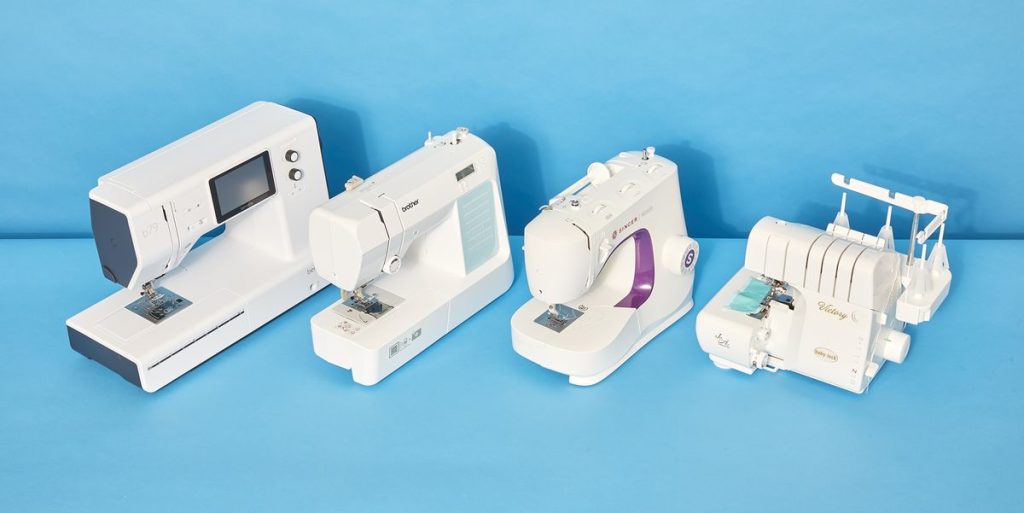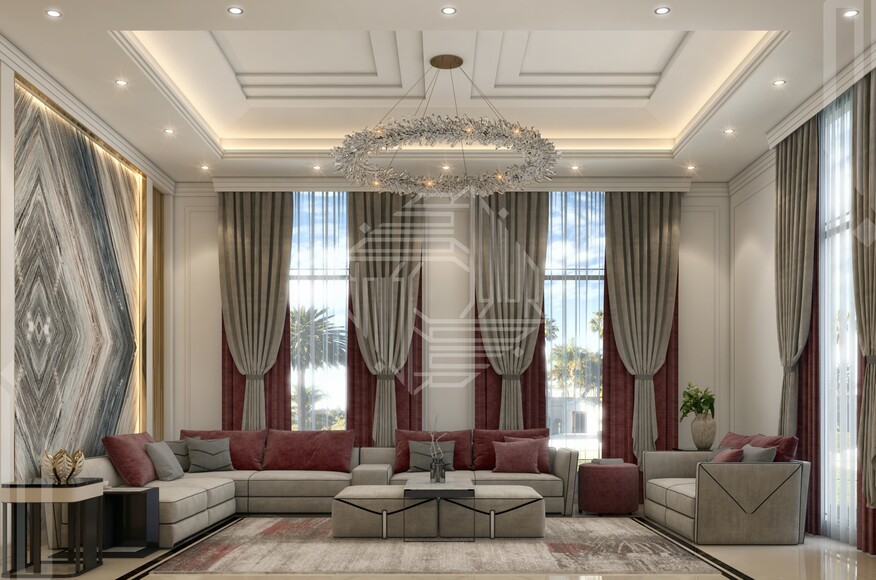Sewing machines have existed for centuries, but invention of industrial sewing machines have revolutionised textile and apparel production. These machines are designed to handle the high-volume demands of commercial production, and they come in various shapes and sizes to suit different needs. You can find these machines from brands such as juki sewing machines. Founded in Japan in 1938, Juki has been manufacturing sewing machines for over 80 years and has established a reputation for producing durable and efficient machines. Juki offers a wide range of sewing machines, from basic beginner models to advanced machines for professionals.
If you wish to know your options, this article will explore the different types of industrial sewing machines available and their unique features.
Flatbed Sewing Machines
Flatbed sewing machines are the most common type of industrial sewing machine. They are designed for sewing flat pieces of fabric together, such as for the construction of clothing, home decor items, and upholstery. These machines have a flat working surface with a large, open area to accommodate bulky fabrics. They can be used with various fabrics, from lightweight cotton to heavy-duty denim, and are available in a range of stitch lengths and speeds to suit different applications.
Cylinder Bed Sewing Machines
Cylinder bed sewing machines are industrial sewing machines with cylindrical beds surrounding the needle. These machines are designed to sew cylindrical items, such as sleeves, cuffs, and collars. The cylindrical bed allows the fabric to be wrapped around the needle, giving the operator greater control over the stitching. These sewing machines often produce clothing, shoes, and accessories.
Post Bed Sewing Machines
Post-bed sewing machines have a vertical column, or post, that supports the needle and feed mechanism. These machines are designed for sewing items with a three-dimensional shape, such as shoes, hats, and bags. The post allows the operator to sew around curves and corners with greater precision, and the open design of the machine makes it easier to manoeuvre bulky items. They are available in various sizes and speeds to suit different production needs.
Overlock Sewing Machines
Overlock sewing machines create a finished edge on the fabric while sewing. These machines use multiple threads to create a stitch that wraps around the edge of the fabric, preventing fraying and providing a professional-looking finish. Such machines are commonly used in clothing production, as they can quickly and efficiently finish raw edges, seams, and hems. They are available in various thread counts and speeds to suit different applications.
Coverstitch Sewing Machines
Coverstitch sewing machines create a double-stitched seam that looks similar to the stitching on the hem of a t-shirt. These machines, such as sportswear and knitwear, are commonly used in clothing production as they can create a stretchy, durable seam that allows the fabric to move with the wearer.
Blind Stitch Sewing Machines
Blind stitch sewing machines are designed to create an almost invisible hem on fabric. These machines use a special needle and stitch to create a fold in the fabric sewn down from the outside. The resulting hem is nearly invisible from the right side of the fabric, making it ideal for use on clothing and home decor items. These machines are available in various sizes and speeds to suit different production needs.
Conclusion
You can find a variety of types and sizes of industrial sewing machines from Juki. Some key features of juki sewing machines include their fast stitching speed, automatic threading, and powerful motor. Whether you want to sew clothing, quilts, or other projects, Juki machines are a reliable choice to help you achieve high-quality results. By understanding the different types of machines available and their uses, you can choose the best machine for your specific needs and increase your productivity and efficiency.
Author



